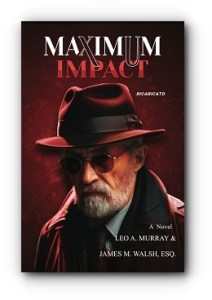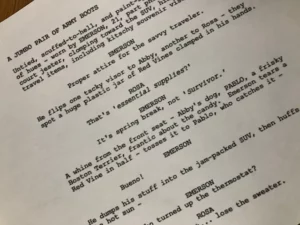Unlock the Secret Writing Principle That Keeps Readers Begging for More
Ever wondered why some stories leave you itching for more while others drag on like a never-ending grocery line? It’s that timeless art of knowing when to step back and let the reader’s imagination take the reins. Believe it or not, writing fiction shares a sneaky lot in common with the flair of a circus ringmaster or the charm of a cartoonist — it’s all about not overstaying your welcome. The challenge? Balancing what to reveal and what to keep tucked away, especially when it comes to backstory. After all, not every juicy detail needs to parade across the page; sometimes, the magic lies in what’s hinted at, not spelled out. Intrigued? Let’s explore how trimming the excess can sharpen your storytelling and keep readers coming back hungry for more. LEARN MORE.
The Short of It
Don’t overstay your writing welcome
“Leave them wanting more” is an adage that has been attributed to Walt Disney, P.T. Barnum, and Bobby Womack. What do a cartoonist/studio head, a circus ringmaster, and a songwriter/musician have in common? They were all talented showmen.
Fiction writing may be a different medium than any of theirs, but it has some lessons to learn from the overall concept. To not overstay its welcome, but rather build tension, anticipation, and an eagerness to read more.
To do so, I’ve identified three areas that writers (including this one) often overwrite to the detriment of a stronger and sharper story.
Backstory
Authors often put a lot of work into their stories and characters’ backstories, whether through formalized worldbuilding practices, story development, or their own imagination. Backstory that underpins essential parts of the plot, setting, and characterization… And it is oh-so-tempting to share all of that with the readers, or even believe that all that information is needed for the readers to understand the story at all.
The truth is that all the backstory work writers put into a story doesn’t need to be present in the text. Any Lord of the Rings fans know that Tolkien tacked a giant, multi-part appendix of Middle-Earth details he didn’t include in his book — and he wasn’t known for not including a lot of worldbuilding details in his books.
The backstory can often be felt in the finished text even if it didn’t make the page. The invisible backstory can make characters feel deep, the worldbuilding seem ancient, and create a rich and realistic story.
Will there be some super fans that will want to know more, more, more? Yes. But do they always serve the story and audience as a whole? No. Not when they bloat and bog down the narrative as a whole.
Pick and choose what backstory to include, what to imply or leave vague, and what to leave out to create the maximum impact and drama for your story.


















